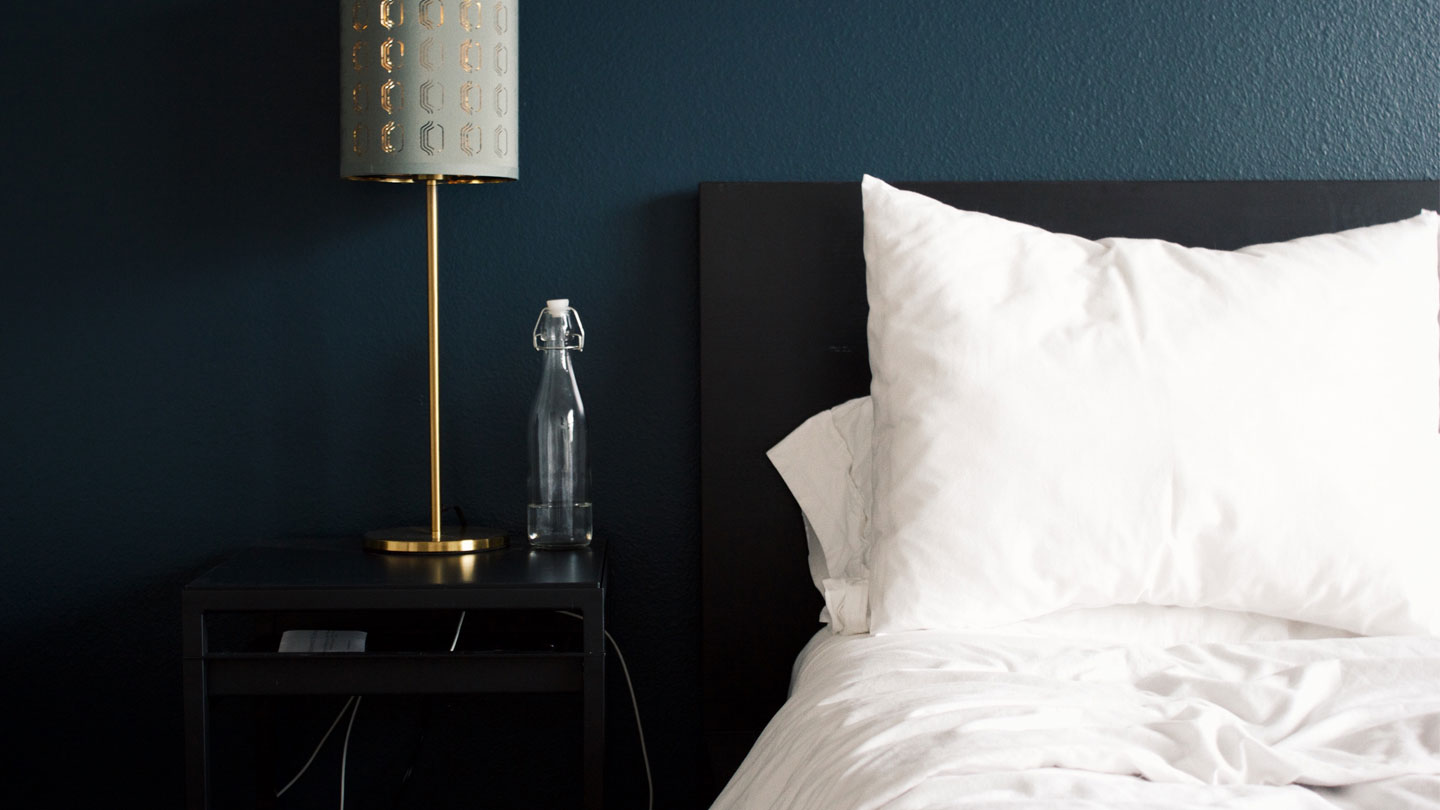Find out everything you need to know about the benefits of salicylic acid
It’s the star ingredient of the moment and the buzzword on the grooming industry’s lips; salicylic acid is appearing in everything from cleansers, toners, masks and wipes with the promise of cleaner, clear skin and reduced pores.
Originally derived from the willow tree, salicylic acid is one of the main ingredients of aspirin, also derived from the same tree, and shares many of its properties. It’s predominantly used in treatments for acne, due to its ability to penetrate the follicle. It’s a gentle alternative to harsher acne-busters such as Benzoyl peroxide as it won’t make you sun sensitive and has less side effects.
When applied to the skin, salicylic acid causes the top layer of skin to swell, soften and finally peel, thus removing dead skin cells and clearing out the top layer of clogged pores. Don’t worry though; this swelling in miniscule and you can’t see it happening!
Now, salicylic acid won’t stop acne by itself, it’s great at preventing clogged pores and reducing inflammation like a non-abrasive exfoliant, but if you already have acne, you will need to use it in combination with other products to fight the causes such as excess oil and dirt. Whether you combine it with acne medicine or other products, salicylic acid will prep the skin, leaving a balanced complexion and pores that are primed for maximum treatment and moisture benefits.
Most over-the-counter products containing salicylic acid only have concentrations of about 2-5%, so they are pretty harmless. Those with already very sensitive or dry skin types may see some dryness or redness with excess use, but with such low percentage compared to the typical 10-15% Benzoyl peroxide products, most people won’t suffer any side effects. There are products out there with higher concentrations of salicylic acid, but these are usually for targeted use on small areas to treat such things as calluses and warts.
People with skin conditions such as psoriasis may also find benefit in using salicylic acid, as it will help to break down the excess skin forming at the surfaces causing the redness.
How to use Salicylic Acid
Though salicylic acid as available as a stronger gel to be left on as a mask before washing off, I don’t recommend using it. This sort of strength treatment should only be undertaken with supervision from a professional as miss-use can lead to skin irritation and pigmentation damage in those with darker skin.
Most of you will be using salicylic acid in the form of a cleanser or exfoliant.
Be sure to wash your face first, to give the acid a clear path to your pores. You can use your standard face wash or a cleanser for this if your salicylic acid is in an exfoliant.
Apply to the face, avoiding the eye area, and leave to settle for a short period of time to let the product do it’s work. If you rinse it off too quickly you won’t get the maximum results.
After rinsing, apply your chosen acne treatment or standard moisturiser.
Products with Salicylic Acid
Aveda botanical kinetics™ exfoliant
Simply wipe this easy-to-use, non-abrasive exfoliant over your face in the evening after cleansing.
Korres Sage & Salicylic Acid Regulating Cleansing Gel
Designed for use on the face and body, rub this gel into wet skin and rinse off.
Vichy Homme Anti-Irritation Shaving Foam
This shaving foam will help keep unsightly in-grown hairs at bay; ladies can also enjoy the benefits with use on the body.
Dermalogica Daily Microfoliant
Formulated without artificial fragrances, this classic scrub is blended with Salicylic acid and rice-based powder to buff the skin and remove dead cells
Are you a fan of salicylic acid? Get in touch on the comments below and let me know your thoughts. Or find me on Twitter.

 Welcome!
Welcome!